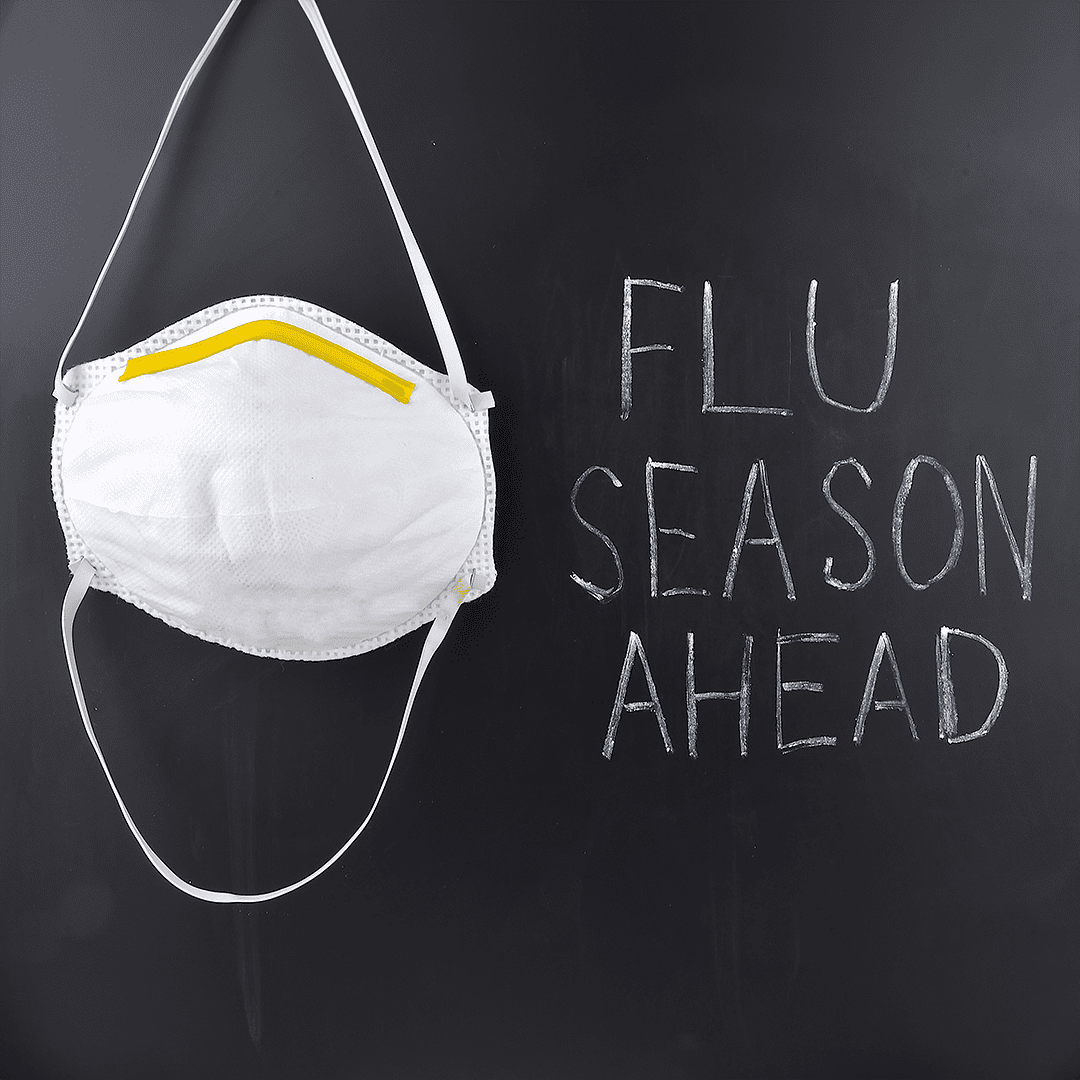
Influenza (flu) season lasts from October through May in the United States, with peak flu activity between December and March. Since the start of the COVID-19 pandemic, the timing and duration of flu activity have been unpredictable. The U.S. Centers for Disease Control and Prevention (CDC) reported early increases in seasonal flu last year. The Southern Hemisphere also experienced an early surge of flu activity this year, which may indicate what’s to come in the United States.
Furthermore, health experts anticipate another wave of respiratory viral infections this fall, namely from the flu, the virus that causes COVID-19, and respiratory syncytial virus (RSV). Fortunately, vaccines for all three viruses will be available for the first time in the fall. Vaccinations have been shown to reduce hospitalizations and death and may be particularly beneficial for those with compromised health.
People vaccinated against the flu last season were about 40% to 70% less likely to be hospitalized because of flu illness or related complications, according to the CDC.
Tips for Staying Healthy
The flu can cause serious complications for people of any age, but children and older adults are especially vulnerable. To help keep your household healthy this flu season, consider the following suggestions:
Get vaccinated. Being vaccinated against the flu is your best chance of preventing the illness. The CDC recommends that anyone 6 months and older get a flu shot every year. The flu and COVID-19 vaccines can be given at the same visit.
Avoid close contact with people who are sick, and stay away from others when you feel unwell. Because flu and COVID-19 symptoms are similar, doctors say it’s best to get tested to know what you have.
Wash your hands often using soap and warm water to protect against germs. If soap and water are unavailable, use an alcohol-based hand sanitizer.
Cover your coughs and sneezes to prevent the spread of germs.
Sleep well, stay active and drink plenty of water to keep your immune system strong. Eat a nutritious diet of healthy grains, fruits, vegetables and fiber.
September and October are the best months to get vaccinated against the flu, so don’t delay getting your shot. Contact your doctor today to learn more about vaccines.
Where Are the Germiest Places?
Germs are a part of life—and they’re everywhere. The dry air associated with fall and winter also makes it easier for germs to spread and linger in the air. Here are some germ hot spots:
Home
Remote controls, kitchen counters, bathroom fixtures and handles, sponges and toothbrush holders
Workplace
Desktops, keyboard, mouse, chair armrests, writing tools, handles, switches and doorknobs
School
Water fountains, doorknobs, desks and tables, shared school supplies, cafeterias and playgrounds
Hand-washing is one of the best ways to prevent the spread of germs, especially after sneezing, coughing or blowing your nose.
Sanitizing vs. Disinfecting
It’s important to first clean surfaces to remove dirt, which can lower the effectiveness of sanitizing or disinfecting.
- Sanitizing with weaker bleach or sanitizing products reduces bacteria to safe
- Disinfecting with stronger bleach solutions or chemicals kills most bacteria and viruses on surfaces and objects.
